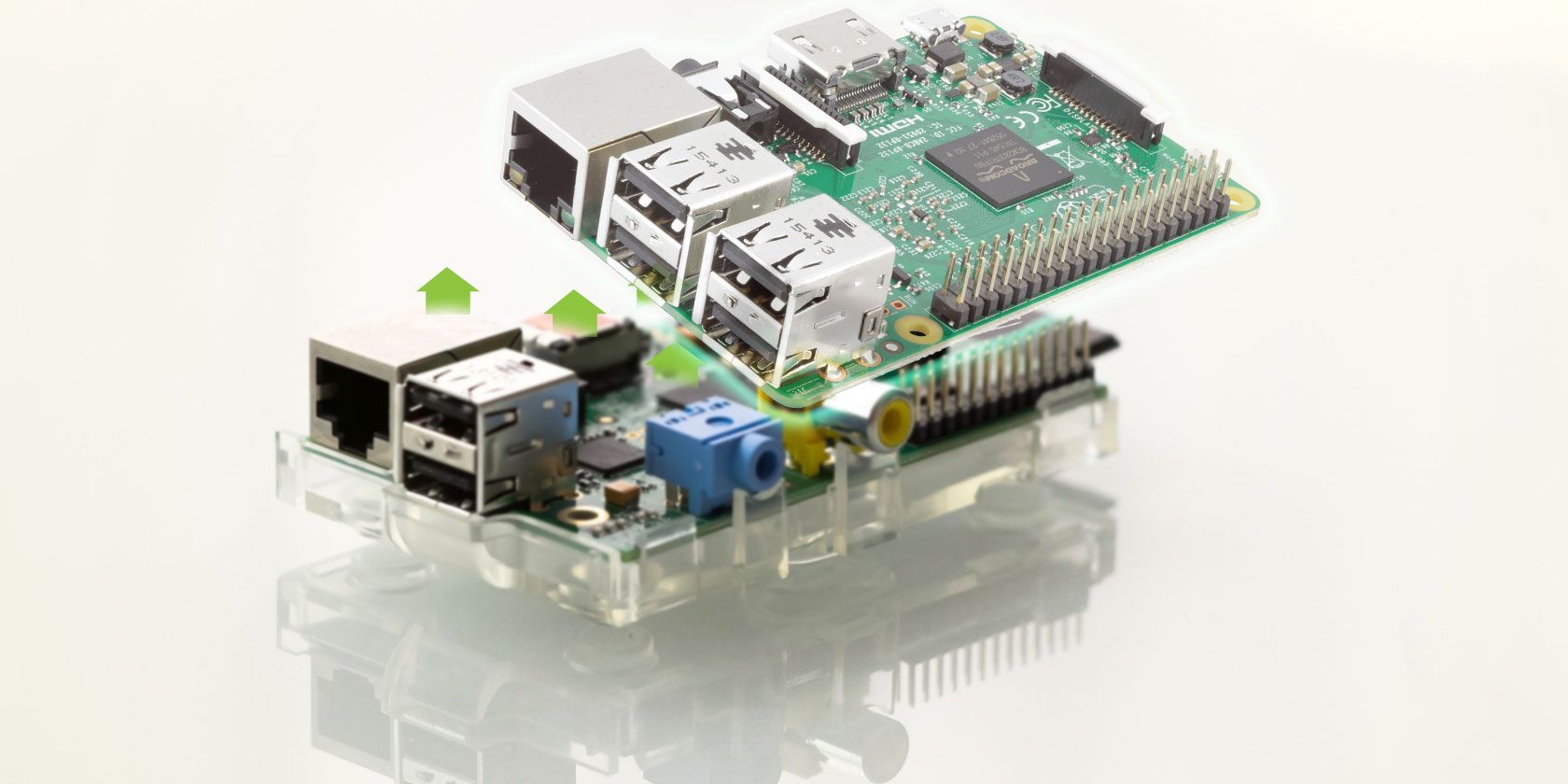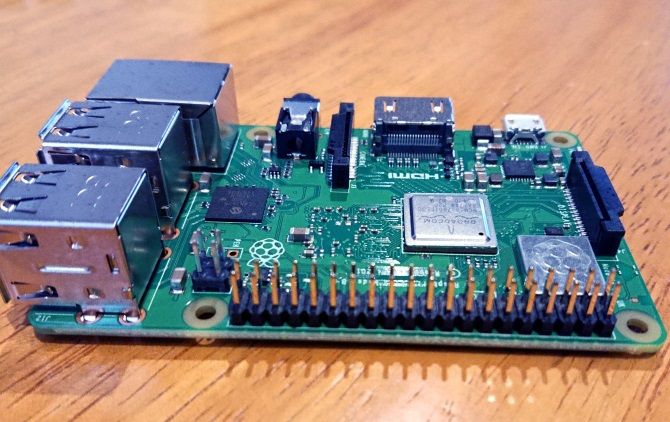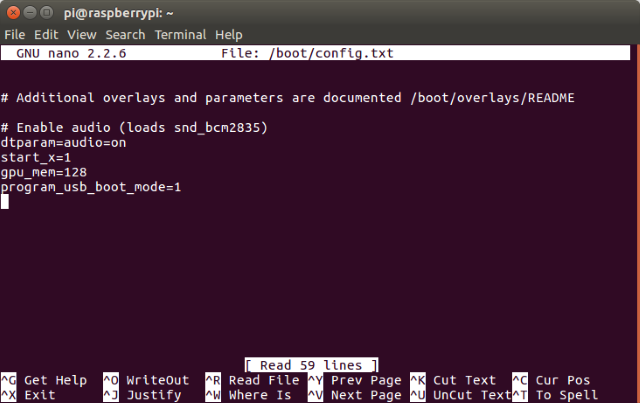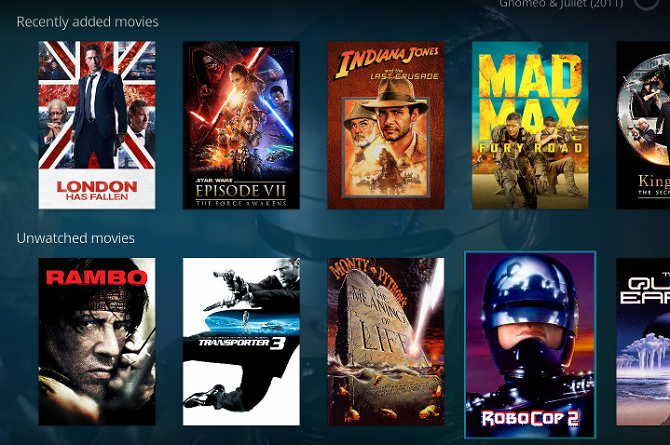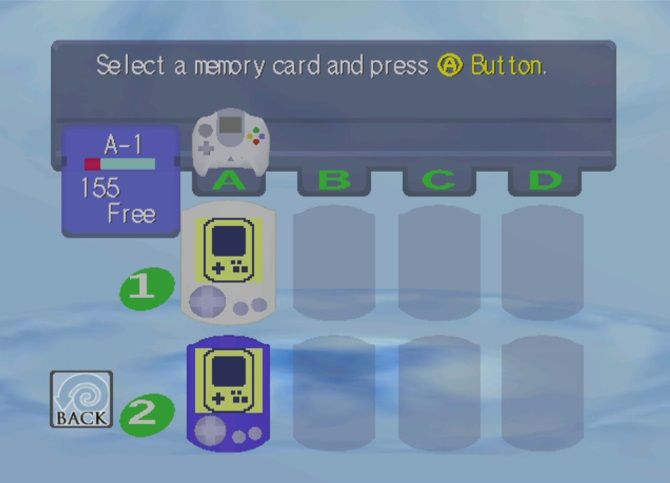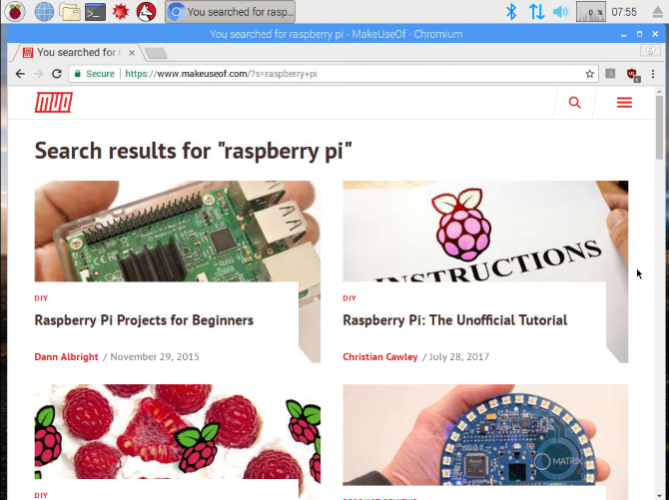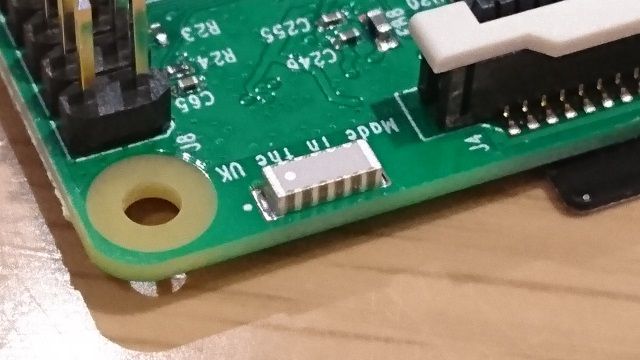You've had your Raspberry Pi for years, and you've tried a few projects... but they never seem to go right, or they seem to fail too quickly.
Could it be that you got it wrong? Perhaps the SD card is unsuitable? Or, most likely, did you try and push your Raspberry Pi too far?
Older Raspberry Pis are just as flexible as their modern versions, but they're limited by hardware. If you want the very best experience, you need to upgrade your Raspberry Pi to one of the recent models.
Why Newer Raspberry Pis Are Better
When the Raspberry Pi Model B first hit the scene in 2012, it came with a modest single-core 700MHz CPU, and 256MB of RAM. Contrast that with the Raspberry Pi 3B+, which ships with a quad-core 1.4GHz CPU, and 1GB of RAM.
Even if you don't know about computers, the numbers should tell you that the 2018 model is far superior to the 2012 version of the Raspberry Pi.
Sure, you can still run projects with a Raspberry Pi A or B, but the best results are going to be enjoyed with the newest model. Whether you're trying to make an awesome Raspberry Pi media center or a Raspberry Pi retro gaming machine, you need the best Raspberry Pi available.
Here are some use-cases and examples of when you might need to upgrade to a newer Raspberry Pi to do what you want to do.
1. You Want to Boot From USB
It's easy to connect a USB storage device to your Raspberry Pi. Perhaps you use one with your Kodi media center, to watch home videos or movies you've downloaded on another device.
But what about booting your Raspberry Pi from USB, and bypassing the need for a microSD card?
This is possible, but only with a Raspberry Pi 3 or later. The Raspberry Pi A and B models, the Pi 2, and the Pi Zero models don't include this feature, leaving you tied to the faster (but less reliable) microSD card for booting the computer.
If you fancy booting your Raspberry Pi from SSD, HDD, or a standard USB flash drive, then you need to upgrade to the latest model.
2. Kodi Is Too Slow
Many people use their Raspberry Pi to enjoy the Kodi media center software. With the right add-ons, this can be a great experience, but Kodi on an original Raspberry Pi can often be slow. When you're browsing your movie collection it's better to have things running smoothly. This doesn't just mean for decoding video, but browsing the contents of a drive or online location, too.
A Kodi installation needs to be fast, and if you want to use Netflix and Amazon Video with Kodi, so does your Raspberry Pi. Sure, you can use Kodi on Raspberry Pi A and B models, but the best results are enjoyed on the Raspberry Pi 3 and later.
3. You Need a Wider Selection of Retro Games
Retro gaming is great on any Raspberry Pi. From 8-bit computers to 32-bit consoles, via arcade machines, so many classic games can be revisited, or discovered for the first time.
It doesn't matter how old your Pi is, or how low spec. Even the Raspberry Pi Zero can handle emulation of older video games (and it's so small, you could fit it inside your TV!).
However, as the demand for emulation of classic video games marches forward through time, so the older Raspberry Pi models become unsuitable. While you can emulate a Commodore 64 comfortably on an old Raspberry Pi, emulating the Sega Dreamcast is another matter entirely. For that, you'll need at least a Raspberry Pi 2, with better performance enjoyed when using the more recent Raspberry Pi 3 B+.
4. That Desktop Replacement Project Isn't Working
Thanks to Raspbian (and other Raspberry Pi operating systems) you have a great selection of programming tools. These might get you started on the road to becoming a developer, or simply help you to understand computing and electronics.
But Raspbian features other tools that you might want to take advantage of. A web browser, for example, and email client. Raspbian Stretch features many accessories and apps that you would find on full Linux desktop systems, not to mention the LibreOffice software suite.
The problem is, running these applications on a Raspberry Pi Model B will leave you frustrated. It's simply not suitable for use as a desktop replacement.
On the other hand, the Raspberry Pi 3 and later are perfect desktop replacements, giving you another reason to upgrade.
5. You Want Wi-Fi/Bluetooth Without Using USB Ports
Finally, while adequate, the connectivity of the older Raspberry Pi models falls short of the modern iterations. While all Model A and Model B Raspberry Pis feature an Ethernet port, only the Raspberry Pi 3 and later features built-in Wi-Fi and Bluetooth.
This may not matter for your particular project, but when wireless connectivity is required and you're limited to just a couple of USB ports, it can quickly become an issue.
As such, there is a strong case for upgrading an old Raspberry Pi, if only to take advantage of wireless networking. Just remember you'll need a keyboard (or an SSH connection over Ethernet) to set this up.
5 Reasons to Upgrade Your Raspberry Pi
If you own an old Raspberry Pi, then you may well have reached this section thinking "I definitely need to upgrade." Just to remind you, upgrading to a new Raspberry Pi 3 or later gives you:
- USB Booting
- Faster Kodi streaming
- Better selection of retro gaming platforms
- A Raspberry Pi you can use as a desktop replacement
- On-board Wi-Fi and Bluetooth
A new Raspberry Pi 3 B+ can be bought alone or bundled with a power supply.
Pick one up today and bring your Raspberry Pi projects up-to-date! If you're looking for some ideas of how to use your new Pi, see our collection of great Raspberry Pi projects.

